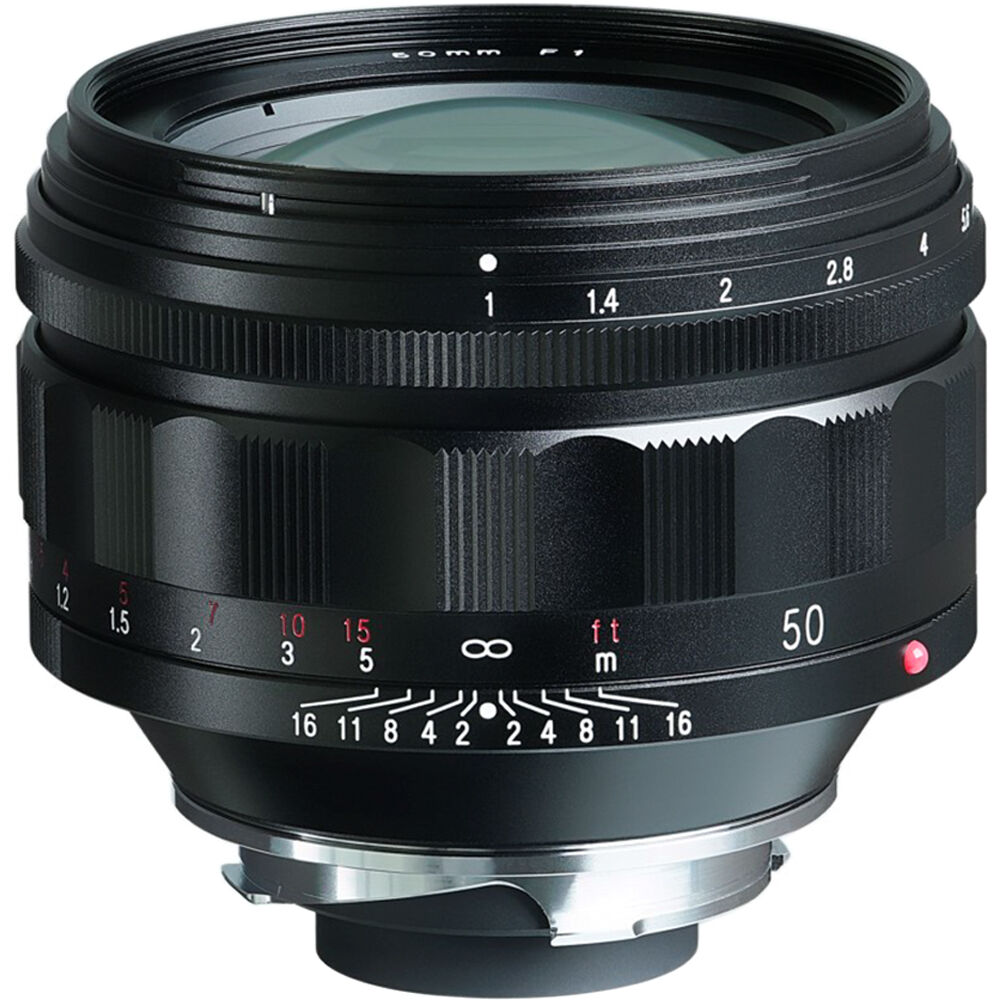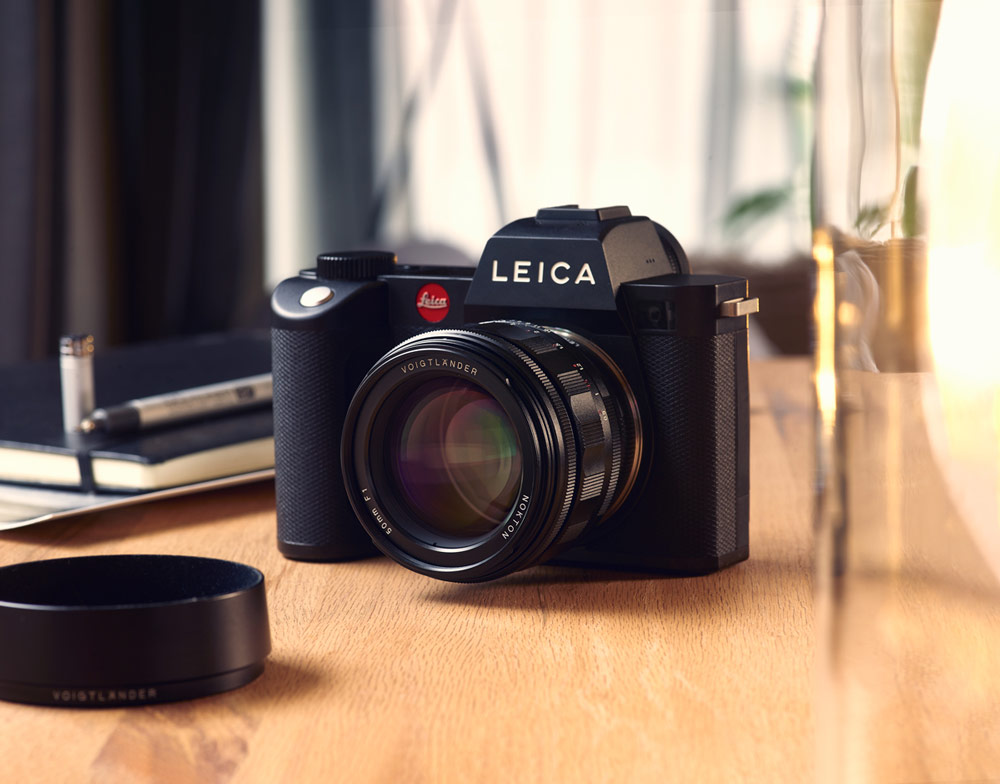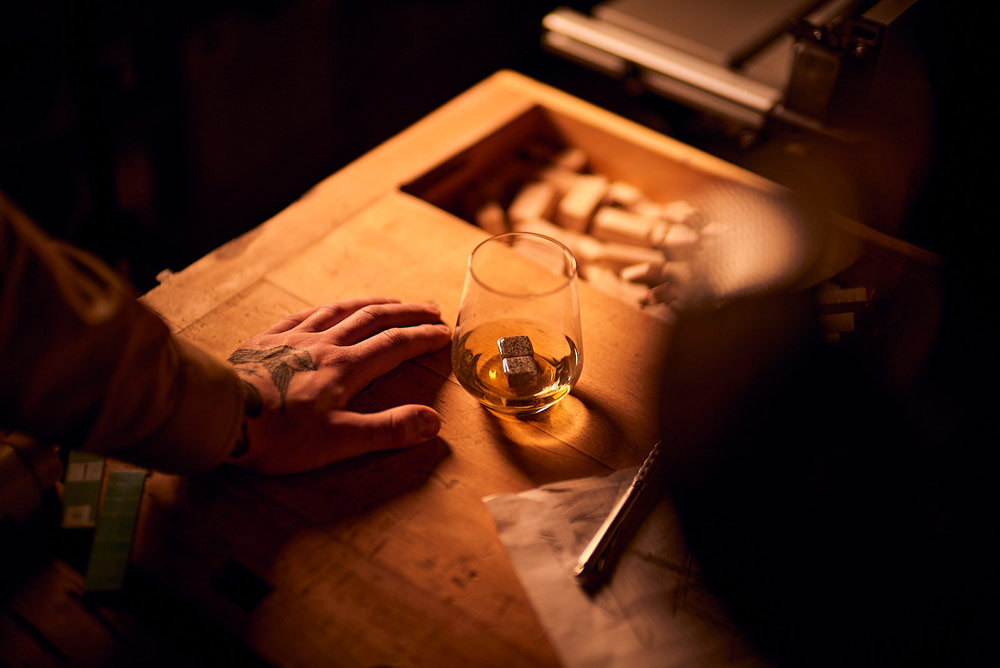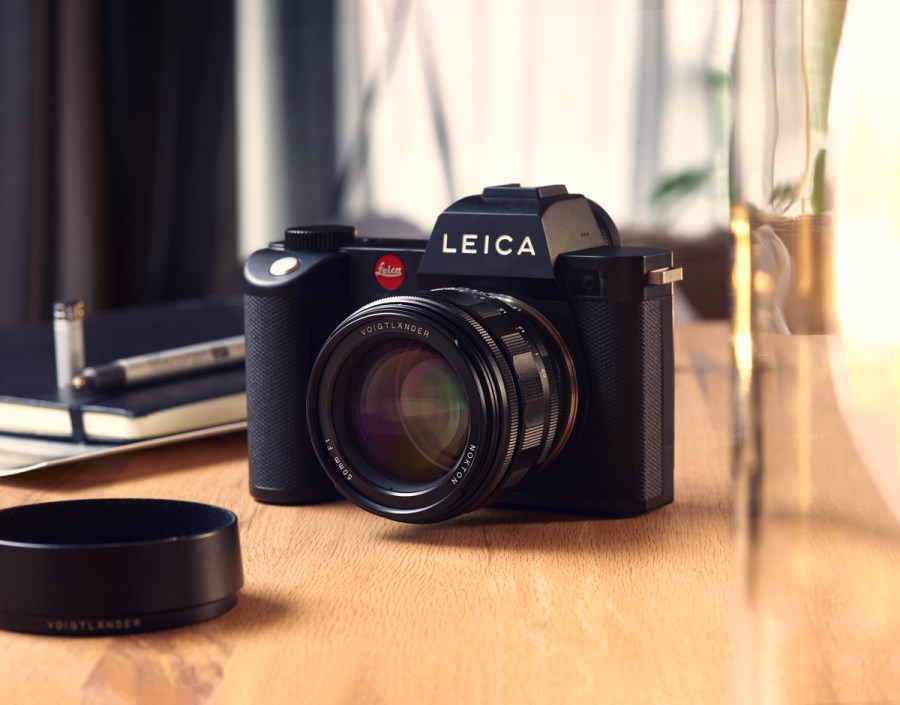Here’s why the intriguing design of a fast new Voigtländer 50mm f/1.0 lens – not to mention a more affordable price – has got regular AP contributor, Professor Bob Newman, excited
Recently my eye has been caught by the appearance of a new lens, which seems to be quite a departure from the norm. The lens is the Voigtländer 50mm f/1.0 Nokton Aspherical, to give it it’s full title.
Optically the design of this lens follows well- established patterns for such a fast lens. The front of the lens is a six-element double-gauss design, which could have been found in any fast normal lens since the 1950s – with one exception, of which we will talk later. Built into the rear of the lens is what has become misleadingly known as a ‘speed booster’ with three elements in two groups.

The Voigtländer Nokton 50mm f/1.0 contains a game-changing innovation
The front lens will have been designed with a longer focal length than the 50mm marked on the lens while the back part reduces that focal length to 50mm thereby reducing the f-number to f/1.0. This is a similar design to the 1966 Zeiss Planar 50mm f/0.7 famously used by Stanley Kubrick in his film Barry Lyndon, though not as ambitious, at least so far as the f-number is concerned. So, the basic configuration is not novel.

The Voigtländer Nokton 50mm f/1.0 for Leica M mount
What is so special about this Voigtländer 50mm lens?
It is the front element that is notable, as its front surface is aspherical. But the usual manufacturing processes for aspheric lens surfaces are not suitable for use in this exposed location in a lens. Aspheric surfaces are a lens designer’s dream. At a stroke they can overcome spherical aberrations that can take many traditional spherical surfaces to correct. However, manufacturing them in quantity has always been very expensive, until recently.
Two processes have been developed to overcome this problem. The first is ‘hybrid aspheres’. Here a resin (plastic) veneer is moulded with one face spherical, to match a glass lens, and the other aspherical. When this veneer is bonded to a glass lens the result is a lens with an aspherical surface. The second technique is precision glass moulding, where a glass lens is pressed from an exact mould with the required surfaces.
Both these techniques have problems for low volume lenses, given that the set-up costs for the precision mould is very high. In terms of their utility as a front surface, the problem is the material used. Neither optical resin, nor the special glasses necessary for precision moulding, have the durability required.
Hence the Voigtländer lens’s front element is ground and polished just like a conventional spherical surface. This production method has in the past been so prohibitively expensive that it has been restricted to only the most esoteric, high-price lenses.

Sample image from the Voigtländer Nokton 50mm f/1.0, credit Cosina
A breakthrough in affordability
The Voigtländer is not cheap at $1,799 / £1,650, but even this price is a breakthrough in affordability. Leica makes its aspherical surfaces this way. It can do so because of the prices charged for its products. Leica’s nearest equivalent lens is the 50mm f/0.95 Noctilux with a price of more than five times that of the Nokton. Grinding spherical surfaces is low cost because of simple geometry.
The only surfaces that fit together exactly as they move in relation to each other are spheres, thus if a piece of glass is ground against a compliant tool the two will adapt to each other as the grinding proceeds and the result is a spherical surface. Grinding an asphere requires very close control of the grinding tool to get exactly the surface required. This can be done using specialised computer-controlled tools, but until recently the results were not statistically predictable enough for mass production.
Clearly Cosina, manufacturer of the Voigtländer lenses, has mastered this piece of production engineering sufficiently well to allow the building of this lens.
By the way, from the few test reports I have seen, the Voigtländer lens performs at least as well as, and maybe even better than the Leica.
Bob Newman is currently Professor of Computer Science at the University of Wolverhampton. He has been working with the design and development of high-technology equipment for 35 years and two of his products have won innovation awards. Bob is also a camera nut and a keen amateur photographer.
The views expressed in this column are not necessarily those of Amateur Photographer magazine or Kelsey Media Limited. If you have an opinion you’d like to share on this topic, or any other photography related subject, email: [email protected].
Related articles
How to use manual focus: top 20 tips
Prime vs Zoom lenses: which is best?







